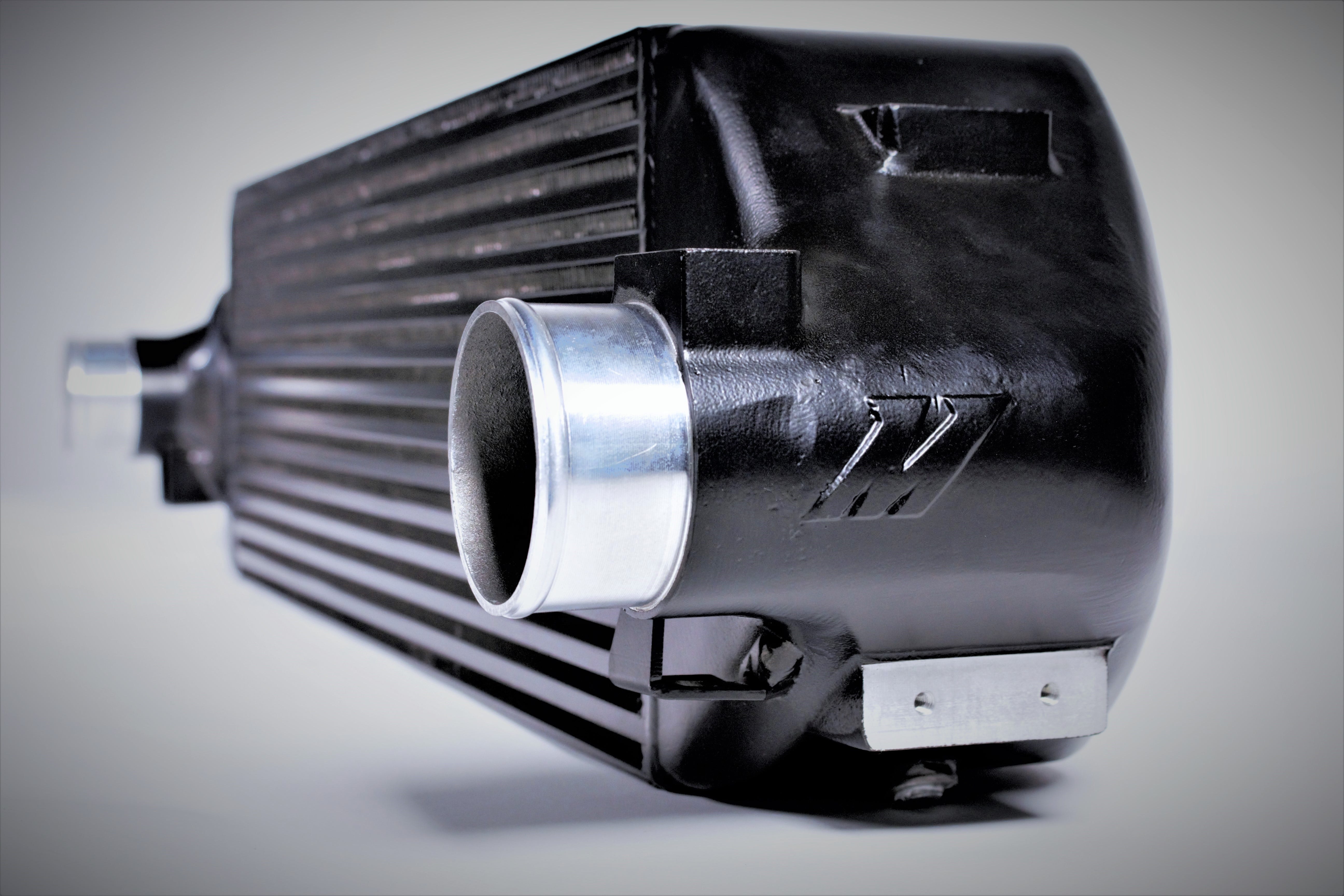
What's Cooler Than Bein' Cool? Intercooler R&D, Part 2: Prototypin'
Some time has passed since the last update for this 2016 Ford Focus RS intercooler project, but that doesn't mean we've forgotten about it! It's all-hands-on-deck to get this project back in the swing of R&D as we are getting close to testing and beginning a huge data push. Let's see what it looks like and quickly go through some of the design specs.
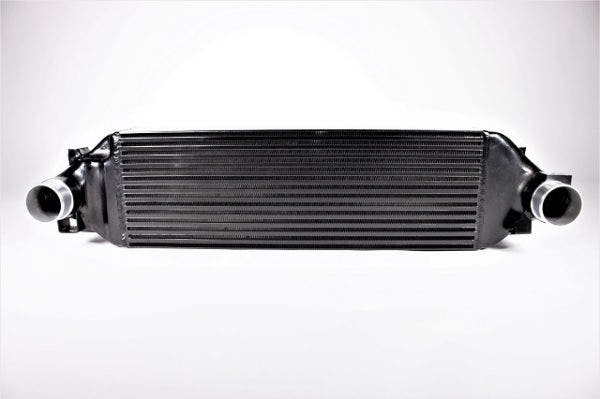
May I present to you, our prototype intercooler for the Focus RS!
At the beginning of this project, we knew we'd want to get rid of the plate the stock intercooler has in place to combat the over-efficiency issue a lot of people were experiencing causing condensation inside of the core. Since performance was something we wanted to improve, enlarging the core and external fin capacity was going to be a must. A question that did pop into my head was "Well, won't a higher performing intercooler with a thicker core be more efficient, causing more condensation problems?" It turns out to be a great question.
There isn't any way to really tell exactly how much condensation will collect over a given time or distance interval. It comes down to a matter of driving the car until it becomes noticeable. But what then? Don't worry, we have you covered. A neat feature we have included is a drain plug right underneath the end tank connecting the cold side intercooler pipe. When it warms up and we get some of that classic Delaware humidity, we'll be able to see just how much of an issue it is. But for now, consider it a precautionary feature included on this intercooler core.
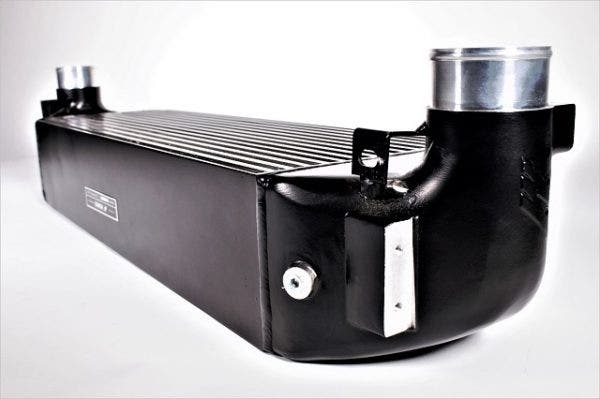
Rain, rain, go away that's what all my RS Intercooler cores say
Speaking of the end tanks, those on our intercooler are cast opposed to cut-and-weld. So instead of cutting pieces of the end tank and welding them together, the entire end tank is cast in one mold, giving you a very sturdy product. We also went with a bar-and-plate core design. We did this for two reasons; 1) it's a more durable design with greater cooling capacity and 2) we polled your thoughts on the subject and it was a no-brainer. We polled across two online RS-specific forums (focusrs.org and focusrsforums.com) and you guys were a combined 97% In favor of a bar-and-plate design. Can't argue with cold, hard data!

You want bar-and-plate, we want bar-and-plate.
Ok, that's all great, but won't the sizing dimensions have to change with a beefier intercooler core and more external fins? How much bigger is this intercooler over stock? All valid questions. We increased the internal core volume by 295.79 in³ to 403.26 in³, which is a percentage increase of a hair over 36%. To help with more efficient heat transfer, we also increased the external fin surface area from 2938.76 in² to 9239.19 in², which comes in at a whopping 214% increase. Our inlet and outlet diameters have also increased with a size of 66 millimeters which is six millimeters over the factory setup. As you can see, we have certainly thickened up this intercooler for our RS, so we are expecting to see some awesome improvements over the factory setup.
| Overall Core Size (in mm) | Height | Width | Depth |
| Stock | 195 | 615 | 82.5 |
| Mishi | 210.5 | 650 | 130 |
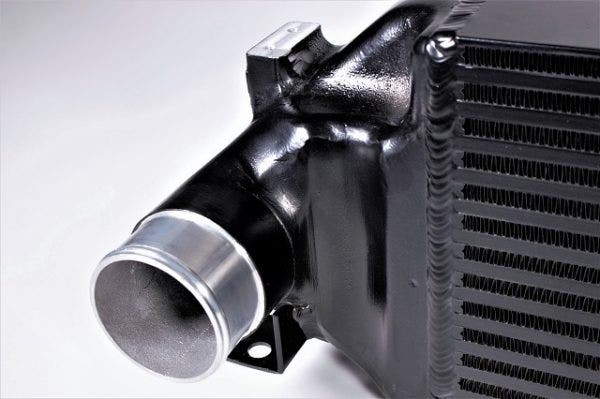
Hot side of the intercooler
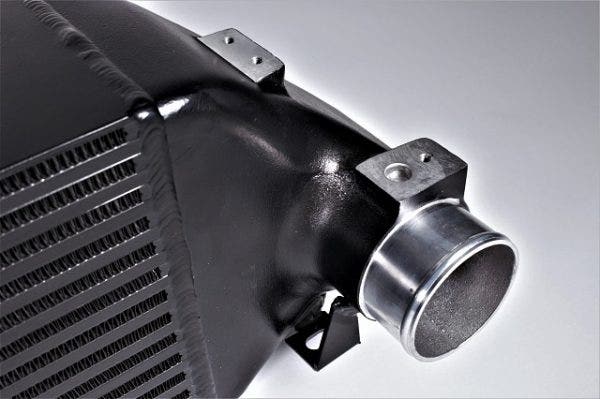
Cold side of the intercooler
What's Next?
Data, testing, data, testing, and more data and testing. We are going to abuse our dyno with this RS so we can see every single aspect of how this intercooler performs. Our engineer is working on getting as much data as possible together, so we can absolutely flood you guys with everything you want to know. Those updates will be coming soon. Stay tuned!
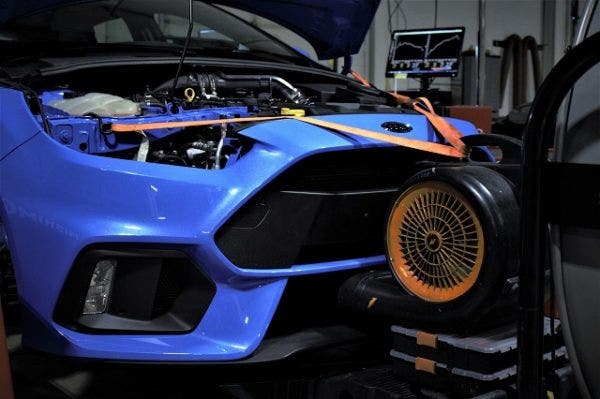
Let's make some noise!
Thanks for reading.
-Diamaan




